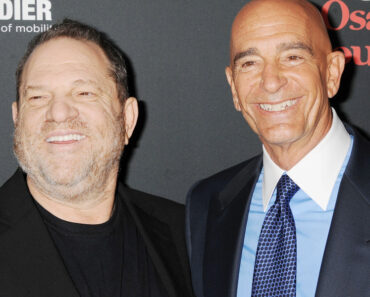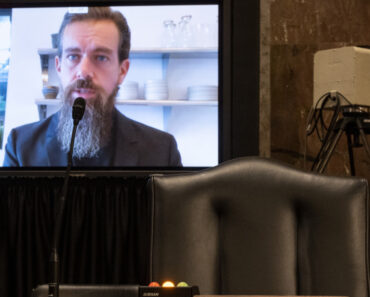This post was originally published on this site
https://fortune.com/img-assets/wp-content/uploads/2024/04/GettyImages-155420264-e1712844371146.jpg?w=2048
Housing isn’t cheap. The average sales price for houses sold in the country was $492,300, as of the fourth quarter of last year. But you can find one for under $20,000 on Amazon—sort of.
Basically, Amazon sells everything, and it’s offering several prefabricated homes, ranging from a 7 x 20 ultratiny house for just under $14,000 to a 19 x 20 one for $19,000 (actually, make that $18,000, since you can apply a $1,000 coupon to the price). Of course, nothing is ever that easy. You’ll need to supply a few things yourself: a tract of land to put the house on, along with a power source and water supply. But the tiny home does come equipped with a toilet, a shower, and some cabinets—door locks too.
The listing isn’t new, but it has come into the spotlight lately after a YouTuber bought one and the video went viral. Between the original YouTube video and its secondary form on Twitter, the video has already racked up almost 14 million views.
The so-called house is shipped in a folded state. Once it arrives, you’ll have to fold out the walls (probably with some help) and ceiling to expand it to its full size. Furniture, of course, is not included.
It’s an unusual sort of place to live. And while it might not stand up to extreme weather, prefab housing has actually been called one of the most environmentally friendly ways to build a house, as it results in less waste and it can be erected quickly. The business of prefabricated homes is a bit more complicated—Veev, “a real estate developer turned tech-enabled homebuilder,” as TechCrunch once described it, that reached unicorn status, shut down last year.
The allure of the tiny home
Still, the tiny home movement has increased in popularity in the last couple of decades, as millennials pushed back against “McMansions” and housing prices soared—more recently being posed as a promising, albeit imperfect solution to the housing crisis. Fortune previously spoke to a 24-year-old who opted for a tiny home in her parents’ backyard and managed to save enough money to buy a $250,000 house; she also gained a TikTok following because of her tiny-housing lifestyle.
Amazon has been selling tiny homes since long before the pandemic. The first noted offering on the site came in 2017, but carried a much steeper price of $36,000—although it did come with heat and air conditioning. Those particular Amazon homes, though, are no longer available.
Amazon isn’t the first retailer to sell homes; Sears sold tens of thousands of houses via a mail-order catalog from 1908 to 1942. The offerings weren’t prefabricated homes, but kits that had most of the materials needed to build a house. Prices started at just $452 for those way back when. More recently, Home Depot began selling tiny homes and accessory dwelling units—one being a 444-square-foot, two-bedroom home that’ll cost you $63,000.
And if it’s not tiny homes per se, it’s builders building smaller homes, as Fortune has previously reported. Last year the median new-home size fell to its lowest point in more than a decade, census data shows.
But all in all, this goes to show that Amazon really is the “everything store.” From books to deodorant, apparel, paper towels, and groceries—you can add tiny homes to the list now.





